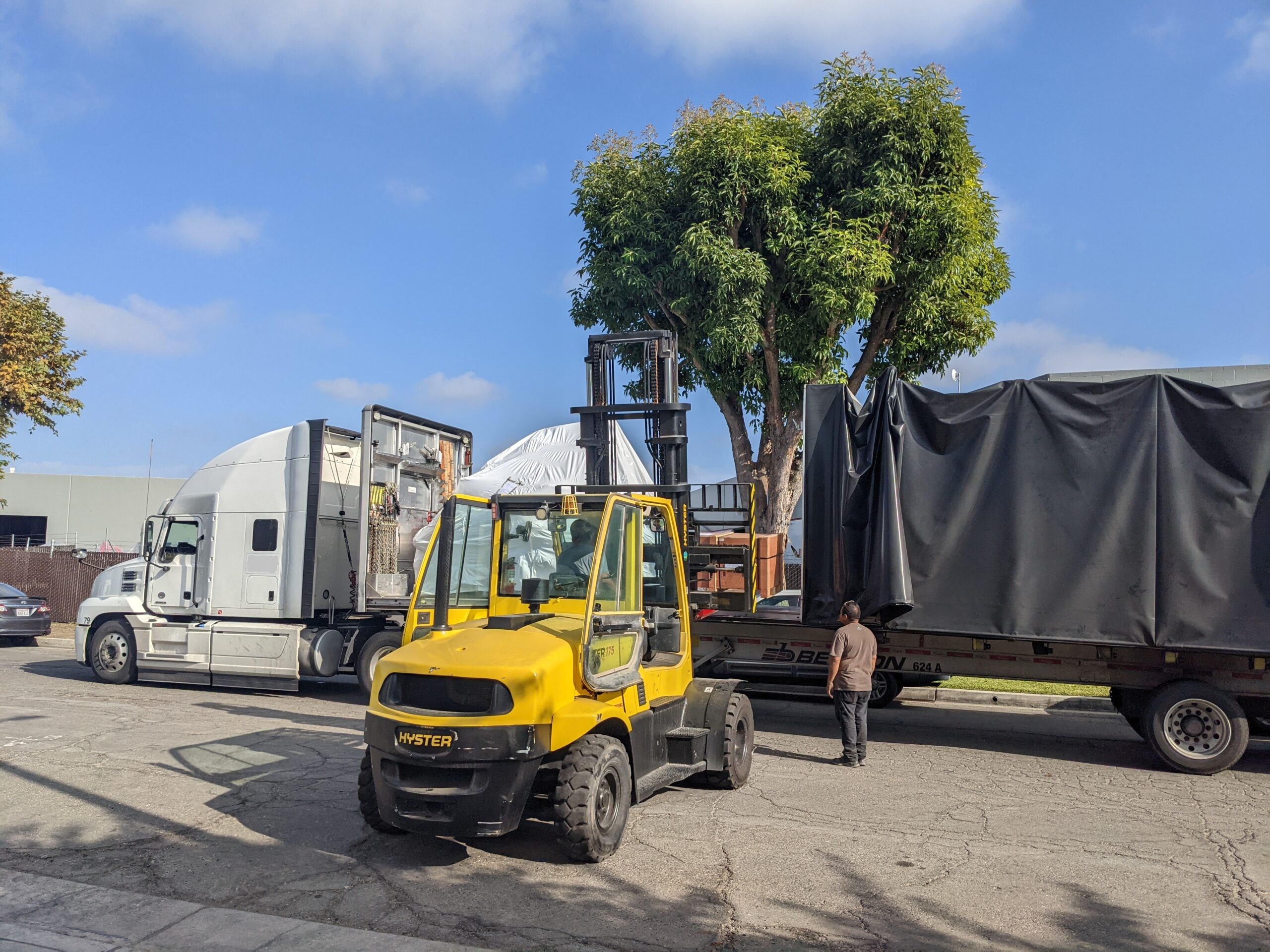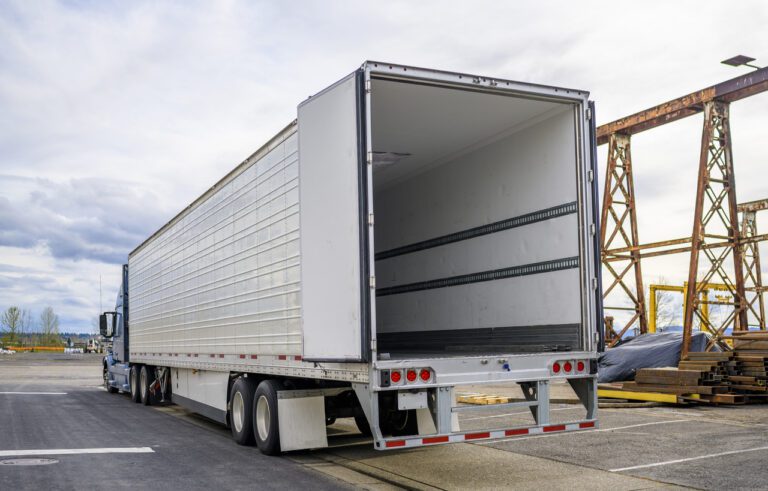Why Flatbed Trucking Could Be Your Best Career Move — Earn More, Work Normal Hours & Stay Fit!
Last year I had one of the best trucking jobs you could ever imagine, and it was hauling flatbed freight. Everything about it was almost perfect including being assigned a brand-new Mack Anthem truck. The lanes were also out of this world where I ran from the Ohio valley all the way to the Pacific Ocean. And last but least the pay was double what I had brought in from my previous dry-van position and let’s face it most of us are in this profession for the paycheck.
No More Sitting at a Dock
Once you become a flatbed driver expect to rarely ever be sitting at a dock if ever waiting for a red light to turn green. It’s just not going to happen. Instead, you may be required to pull your truck and trailer into a loading bay which is pretty common. These are large doors cut out on the side of warehouses so trucks can drive in and get their flatbed freight loaded onto the trailer. Another common way for a flatbed trailer to get loaded is by a forklift while your truck sits in the parking lot of a warehouse or place of business.
Freight Securement
Once your freight is loaded you are going to need to secure it. Some freight requires straps and other usually heavier types of freight will need chains in order to keep it from sliding around your trailer while you are driving. This is by far the most important responsibility you will have as a flatbed driver other than driving the truck. You will always want your freight secured nice and tight. It is best to check your straps and chain tension on every stop to make sure nothing has become lose.
A Free Work Out
When you are bumping docks as a dry-van driver rarely do you ever get any exercise aside from hopping out of your truck to raise and lower the landing gear and let’s face it that does not really count. As a flatbed driver your level of physical activity will change completely. Expect to spend anywhere from an hour or two securing your load correctly before getting back behind the wheel of your truck. In the process you are going to be moving around a lot, lifting straps, chains, binders and getting a nice work out in the process.
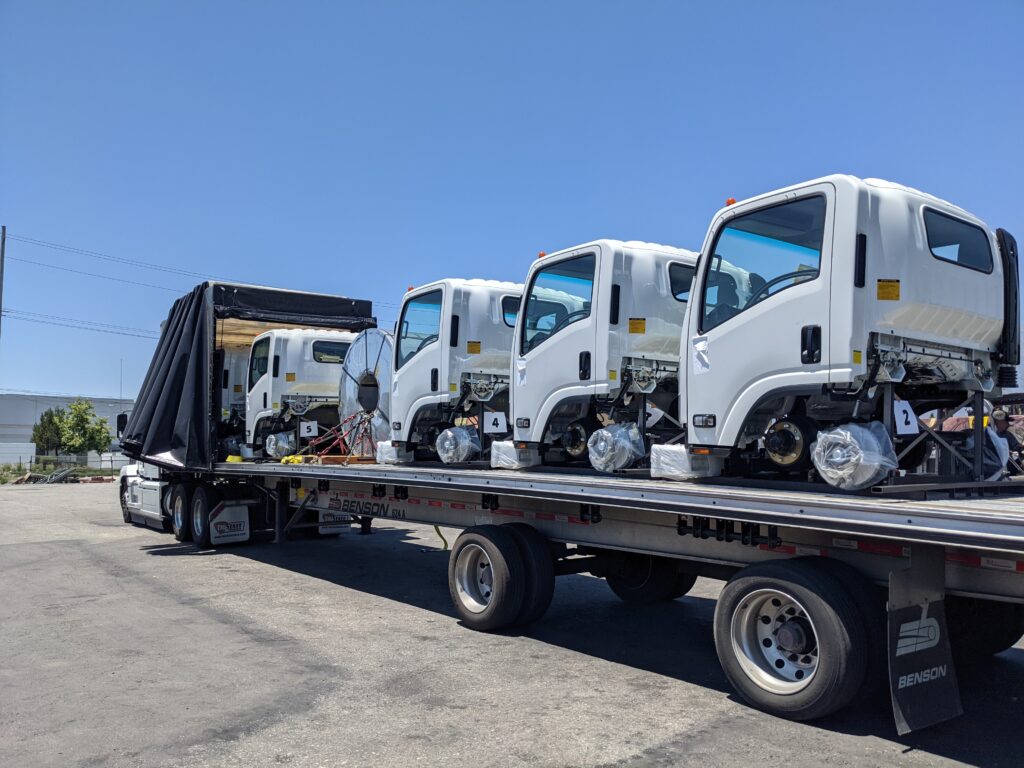
Heavy Chains and Binders
One of the most difficult jobs as a flatbed driver is building your muscle strength up enough to carry and throw the chains and binders around efficiently in order to secure your freight. The first several times I chained up it took a lot of practice and endurance building before it started to become easier.
The Balancing Act
While you are standing on your flatbed walking around the freight you will be carrying chains, binders and straps. At the same time you will be over five feet off of the ground and often find yourself close to the edge of the trailer. You are going to want to move slow especially when carrying anything or you will take the risk of losing your balance or footing and can fall off of the trailer. Whenever I strapped or chained, I took my time and moved slow when standing on the trailer. No job is worth the risk of a severe injury. I would rather take the extra time knowing I was doing the job as safe as possible.
Strapping Your Freight
The most common way to secure freight on a flatbed is to use straps. You do this by throwing the non-weighted part of the strap to the other side of the trailer so it will roll over. Afterwards you use a winch bar to ratchet the strap tight. The winch ratchets are built into the trailer. Freight can take anywhere from two to twenty or more straps depending on what you have loaded. Some of the common problems you may run into while strapping include your freight being too high to throw the strap over. Muscle strength helps here. Or strapping on top of soft freight such as open or cardboard boxes which make tightening a strap more of a challenge, so you are not damaging the freight contained within the box.

Rolling Up Straps
All of those straps that you use for securing your freight have to eventually come off. Regrettably, they will not magically roll themselves back up. While some drivers may prefer to just toss the straps in the toolbox without rolling, I always tried to roll my straps up so I could stack them neatly as it made my next freight pickup quicker to pickup. The last thing you want to worry about when arriving on the scene is having to roll up all of your straps in order to start throwing them across the freight on your trailer. You should always roll your straps up when your freight is being unloaded at your previous stop when there is time.
Tarping
A lot of flatbed freight will require tarping. Usually, your pickup instructions will tell you whether or not a load needs to be tarped. The tarps protect the freight from highway debris and the weather. If you are lucky, you will have a Conestoga trailer like I did and no tarping will be required. All I had to do was roll the tarp back and forth on a track depending on where the freight was being loaded at the time. This made my job a lot easier. Although if the Conestoga trailer was sitting on any type of elevation this would make rolling the tarp a lot more difficult. Tarps are heavy and often get wet and dirty. It is common to spend an extra hour or longer tarping your load after you secure it with straps or chains.
Flatbed Tools
As a flatbed driver you will require quite a few more tools than a typical dry-van driver. These include a winch bar to tighten your straps, knee pads for chaining when you have to kneel down on the trailer and several good pairs of gloves. Expect to go through quite a few pairs of gloves while working with chains and straps which will wear them down quick.
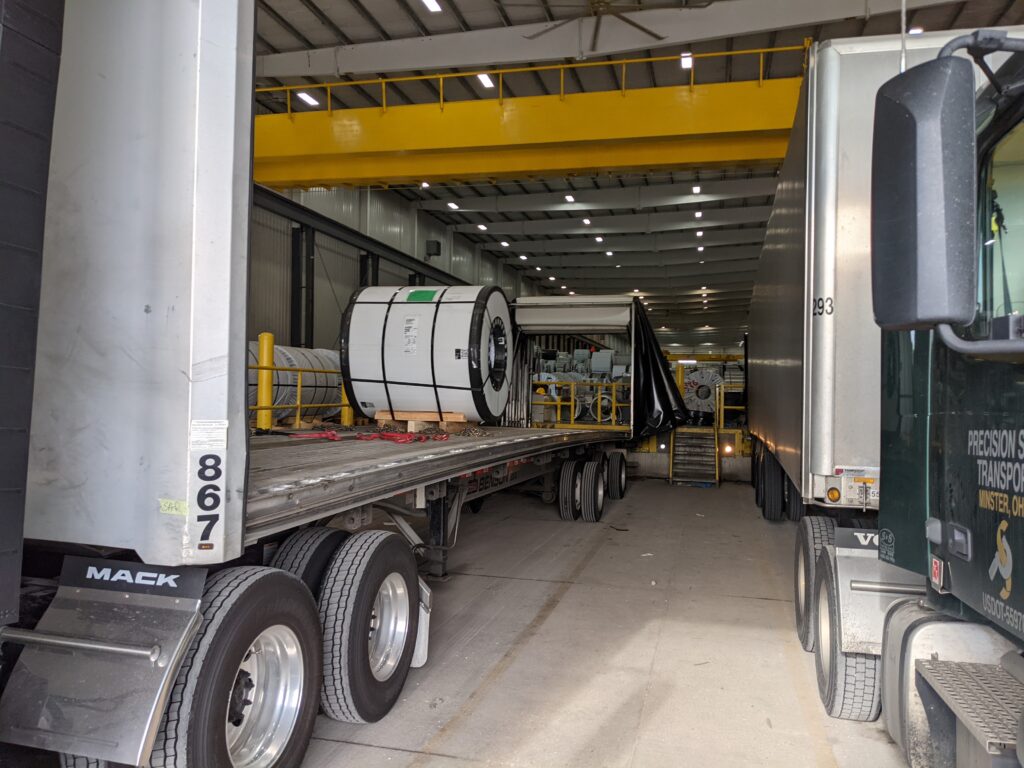
Sun Protection
You are going to be out in the sun quite a lot when securing your flatbed freight. I always wore a wide brim sunhat and pull-on black sun sleeves with gloves. This saved me from having to use greasy sunscreen and provided an adequate level of protection from the sun.
Forklift Assistant
It was common for me to have to help the forklift driver load the freight by directing them to the correct spot on where to place the freight on the trailer. Often the forklift will be unable to get its blades under the freight so you will have to assist and insert pieces of wood under the freight so they can get both forklift blades all the way under to unload it. This is one of the more dangerous activities as a flatbed driver. Having to work in the vicinity of a forklift when you are between it and the truck with heavy freight dangling off of the forks. Keep a safe distance at all times and effective communication with the forklift driver if you are nearby to help minimize any risk.
Nicer Customers
In my experience running flatbed often had me deal with more respectful shippers and receivers. Almost the complete opposite of what I dealt with as a southeast regional dry-van driver. I loaded and unloaded at a lot of smaller businesses and these people were always happy to see my truck show up with their freight. It will really spoil you compared to some of the disrespect we sometimes get a typical big box warehouse.
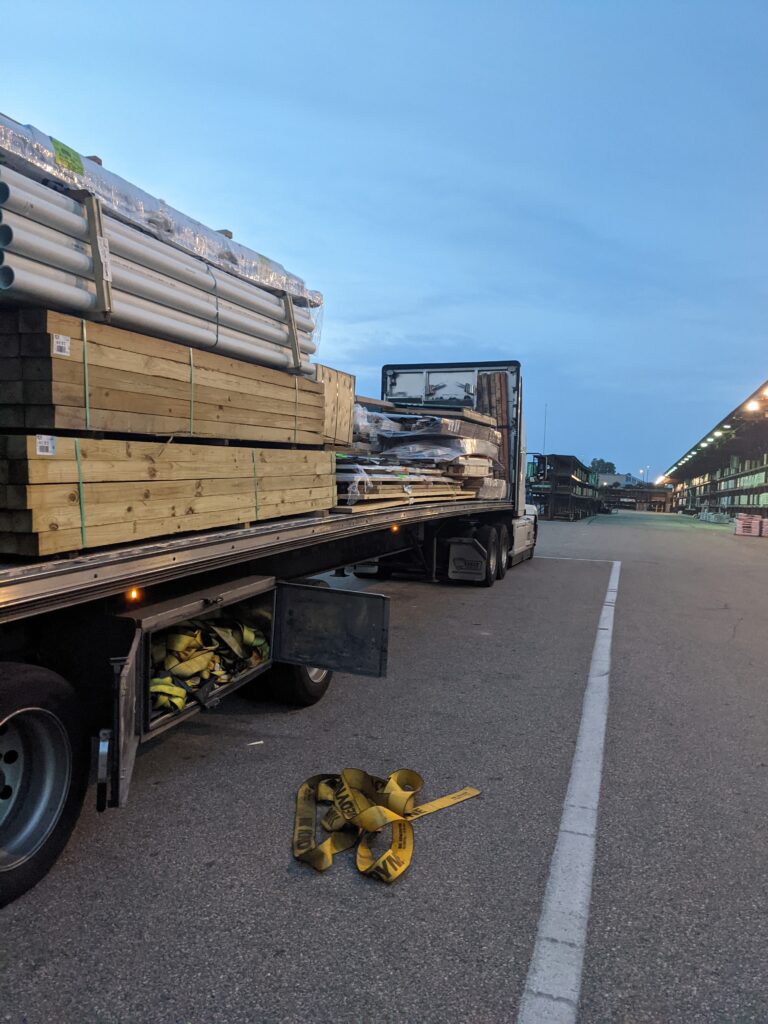
A Normal Schedule
My most favorite thing about being a flatbed driver was the fact my day’s started when the sun came up and usually stopped when it went down. In other words, I worked during the day. When I ran as a southeast dry-van driver I rarely ever ran days, had a crazy schedule, and always felt tired. Common flatbed pickup and delivery hours are usually from 6AM to 4PM.
Summary of Being a Flatbed Truck Driver
The pay can be a lot better as a flatbed driver plus it can help keep you in shape. You will deal with nicer people but also have a lot more responsibility. For one you will have to make sure your load is properly secured at all times. You will get to work more normal business hours versus many other types of trucking jobs. No more running at 2AM in the morning. You will also get the chance to be out of your truck a lot more compared to sitting in your truck at a dock during loading and unloading. If you do not mind getting dirty and a little sweaty hauling flatbed freight can be a great option. It really is quite different from anything else I have done in trucking so far and almost all of it for the better.

